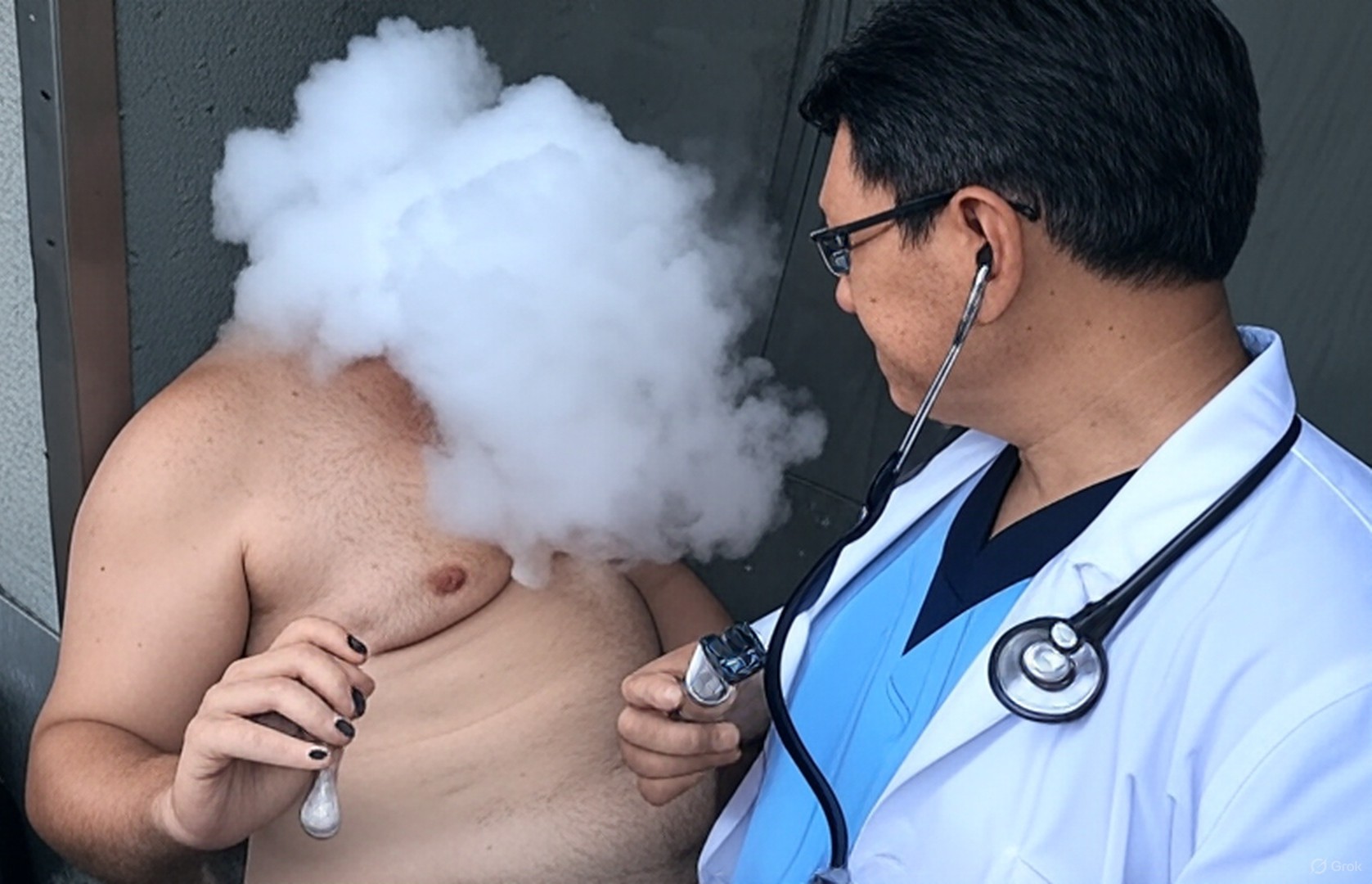Forget everything you think you know about meth addiction—because the real story isn’t just about chasing a high. What if meth dependence is actually your brain’s desperate bid to maintain basic function, not reckless pleasure-seeking? Discover why meth users often aren’t after euphoria, but are simply trying to feel “normal” enough to get through the day. This eye-opening perspective will change how you see drug dependence, exposing the urgent neurochemical needs driving survival, not escapism. If you care about understanding addiction, you can’t afford to miss this.
1. Differentiating Dependence from Recreational Addiction
Dependence means needing a drug just to feel normal, while recreational addiction is about using a drug to feel good or escape problems. With dependence, the brain gets used to the drug, so daily life becomes hard without it. For people who use meth, it’s often about trying to get through the day, not about getting high. Knowing this difference helps us see that many meth users just want to function, not chase pleasure.
At first, people might use drugs for fun or to escape. But if they use them often, their bodies start to rely on the drugs to feel normal. What began as a search for a good feeling turns into a need, where avoiding feeling sick or bad is the main reason they keep using.
2. Neurochemical Underpinnings of Stimulant Dependence
Using meth for a long time messes up how the brain works, especially with chemicals like dopamine and norepinephrine that control reward, motivation, and focus. After a while, the brain stops making or using these chemicals properly. This can leave people feeling unmotivated, unable to focus, and struggling with everyday tasks unless they use meth. In fact, their brains may act like they have severe attention problems, which means medical help with the right kind of stimulant might be useful.
Even when people with meth dependence want real medical help, they’re often put in rehab programs that don’t give them the kind of medicine their brains need. These programs often don’t work—up to 95% of people end up back where they started, still needing meth to function. The real problem is that doctors often think meth dependence is just about getting high, so they don’t offer safe, prescription stimulants that could help. It’s important to see the difference between just wanting pleasure and truly needing help to function, so people can get the right treatment and medicine to help them live their lives.
3. The Hazards of Unregulated Street Meth
The dangers of street meth go far beyond just being dependent on the drug. Street meth is made in illegal labs without safety rules or proper equipment. Because of this, the drug’s strength and purity change from batch to batch. It’s often mixed with other harmful chemicals, like heavy metals or industrial cleaners, which can make it even more dangerous to your health. Since people never really know what they’re getting, there’s a bigger chance of taking too much or getting poisoned.
These extra chemicals cause more damage to the brain and body, making problems like memory loss, mood swings, and organ failure much worse. The unpredictable strength of street meth also leads people to go through cycles of binging and withdrawal, as they keep trying to feel “normal” but end up feeling even more unwell if the dose is too strong or full of bad substances.
On top of that, the fact that meth is illegal pushes people into risky situations. They have to deal with unsafe sellers, worry about getting in trouble with the law, and face sudden changes in supply that can introduce even more dangerous drugs. Without medical help, health problems are often ignored or punished instead of treated properly. This cycle makes people feel alone and keeps them from reaching out for help when they need it.
4. Pharmaceutical Amphetamines: A Safer Alternative
Unlike street meth, prescription stimulants are made with strict safety and quality checks, so every dose is clean and reliable. When these medicines are given by a doctor and used as directed, the risks are much lower, and the effects are more predictable. This shows that the safest way to help people is not by punishing them, but by offering careful, science-based medical treatment that meets their real needs.
Medically prescribed stimulants—like Adderall—allow doctors to give people the exact dose they need. Special time-release versions keep the medicine working steadily, preventing sudden highs and lows. With a doctor’s help, treatment can be changed as needed to work best and keep side effects under control. Because of strict rules and careful supervision, using these medicines is much safer and more predictable than taking illegal drugs.
Conclusion: What Healing Can Look Like
Healing need not mean total abstinence from all stimulants—it can mean transitioning from toxic, unregulated substances to safe, evidence‐based treatments. When a stable dose of medication restores a person’s ability to grocery shop, work, read, and connect, that restoration is nothing short of life-saving.
By acknowledging dependence as a treatable neurochemical need and providing regulated amphetamines, we offer a pathway from unmanageable survival to sustainable living.
